The clock has counted down to a US shutdown, the first in more than six years as American lawmakers continue to duel over federal funding.
Despite hectic parleys and negotiations in Congress, the Democrats and Republicans couldn’t reach a consensus to fund the government beyond Tuesday — which marks the end of the fiscal year.
Commenting on the shutdown, US President Donald Trump said, “So we’d be laying off a lot of people that are going to be very affected. And they’re Democrats, they’re going to be Democrats.” He further added that a “lot of good can come down from shutdowns” and suggested he would use the pause to “get rid of a lot of things we didn’t want, and they’d be Democrat things”.
And to make things even clearer, the White House Office of Management and Budget issued a memorandum confirming that the government will indeed shutdown, starting October 1, and blamed the Democrats for the impasse.
“Affected agencies should now execute their plans for an orderly shutdown,” the memo notes. “It is unclear how long Democrats will maintain their untenable posture, making the duration of the shutdown difficult to predict. Regardless, employees should report to work for their next regularly scheduled tour of duty to undertake orderly shutdown activities.”
So, what exactly happens in a US shutdown? Here’s the lowdown.
What is a shutdown?
Before we deep dive into how a US government shutdown takes place, let’s understand what it is. A shutdown is when government agencies across the nation are temporarily shuttered.
Under government shutdowns, federal employees considered non-essential are put on leave without pay — that’s known as being furloughed. Those responsible for services deemed essential, including social security, post and immigration control, will be required to continue work, but won’t get paid until after the shutdown.
Notably, this isn’t the first such shutdown in the US. There have been a few shutdowns in US history — the longest being in 2018-2019 under Donald Trump and it lasted for 35 days. It’s estimated about 3,40,000 federal employees were put on leave in that period.
The shutdown starting today (October 1) in the US marks the first in more than six years and is likely to continue with US President Donald Trump warning he may go even further, threatening permanent layoffs.
But how did the US get here?
Each year, US Congress draws up spending legislation for most US government agencies, but rarely finishes before the fiscal year starts on October 1. In such a case, lawmakers pass stopgap spending bills to avoid disruption while they finish their work.
This time, the Democrats and the Republicans are sparring over healthcare benefits, including subsidies for health insurance for low-income individuals do not expire and reversing Trump administration cuts to Medicaid.
Earlier, Senate Democratic Leader Chuck Schumer said Republicans are trying to “bully” Democrats by refusing to negotiate on an extension of expanded Affordable Care Act tax credits that expire at the end of the year.
But as both sides refuse to back down, the shutdown will take place, which means that hundreds of thousands of federal workers could now be furloughed or laid off.
What remains open during a US shutdown?
In a US shutdown, some services will remain open as they are deemed essential services. However, some services may face disruption or delays. For example, during the 2018-2019 shutdown, air traffic controllers worked without pay, causing widespread delays.
Firstly, Social Security, Medicare and Medicaid healthcare programmes would continue. However, as the Social Security Administration would furlough 12 per cent of its staff and pause marketing campaigns, which means that cheques could be delayed.
America’s largest food aid programme, the Supplemental Nutrition Assistance Program, and the Special Supplemental Nutrition Program for Women, Infants and Children, known as WIC would continue operations during a shutdown as funds allow.
Postal services will continue unaffected during the US shutdown. That’s because the USPS (US Postal Services) isn’t dependent on Congress for funding.
Air travel will also continue, but expect disruptions. More than 13,000 air traffic controllers would continue working, but without any pay.
The US military personnel on active duty, including active guard reserves, will continue their duty. Also, majority of veteran benefits and military operations will continue to be funded regardless of a shutdown. However, pay for military and civilian workers will be delayed until a funding deal is reached, forcing them to continue their duties without pay.
Agents at the FBI, the Drug Enforcement Administration, Coast Guard and other federal law enforcement agencies would remain on the job. Similarly, immigration and border agencies such as ICE and CBP would continue its normal operations.
Courts — local, state and federal — are expected to remain open. However, federal courts may be forced to quickly curtail operations, potentially delaying trials and other hearings if the shutdown extends.
What’s closed during a US shutdown?
National parks have often shut down during these times. However, it’s uncertain which parks will be open and for how long. The National Park Service published a contingency plan saying that they would remain open but services would be limited.
Moreover, visitor centres and tours of federal government buildings including the US Capitol, White House, and the FBI Building would remain closed.
The Smithsonian Institution’s museums and National Zoo, which are major tourist attractions, could shut in case of an extended shutdown.
It is almost certain that the Bureau of Labor Statistics’ monthly jobs report will be delayed as a result of the shutdown. As the BBC notes, this means the already cloudy picture of the US economy gets even less clear
What would be the impact of such a shutdown?
A US shutdown would have serious consequences for the country’s economy. Economists Kathy Bostjancic and Oren Klachkin of Nationwide told AFP that a shutdown could reduce GDP growth by 0.2 percentage points for each week it lasts.
Tim Hagle, a political science professor at the University of Iowa, also told ABC News that the country may not see the effects of the shutdown right away. “We won’t start to see some real effects until a few days, maybe a week on.”
He explained that during the 2018-2019 shutdown, air travel became more difficult as air traffic controllers and workers at security checkpoints, who were expected to keep working, didn’t. “Air traffic controllers started to not be able to show up for work for whatever reason — either they had to get a part-time job to supplement their income, or something like that,” he added. “But that caused a threat to air traffic safety.”
Furthermore, during the previous shutdown, the National Park Service was unable to provide visitor services at parks and monuments, meaning public toilets were closed and trash collection suspended. As a result, human faeces, overflowing garbage and illegal off-road driving began to overwhelm some of America’s iconic national parks.
We will just have to wait and watch to see how this US shutdown unfolds and how long it will last.
With inputs from agencies


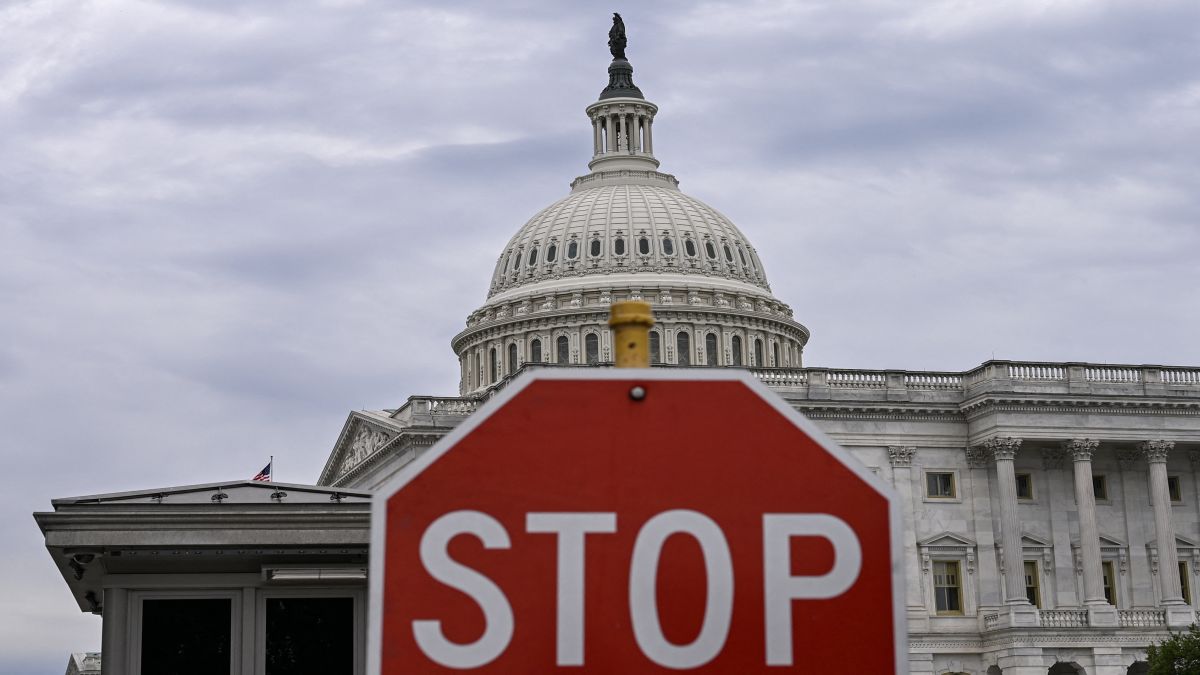)

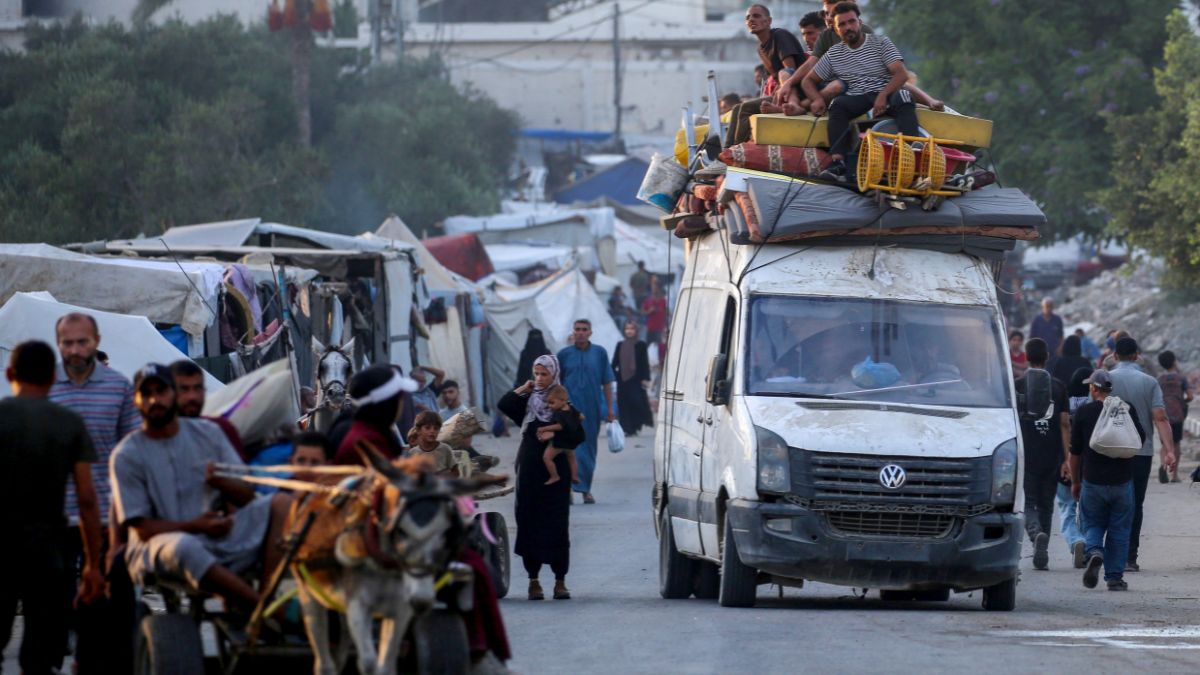)
)
)
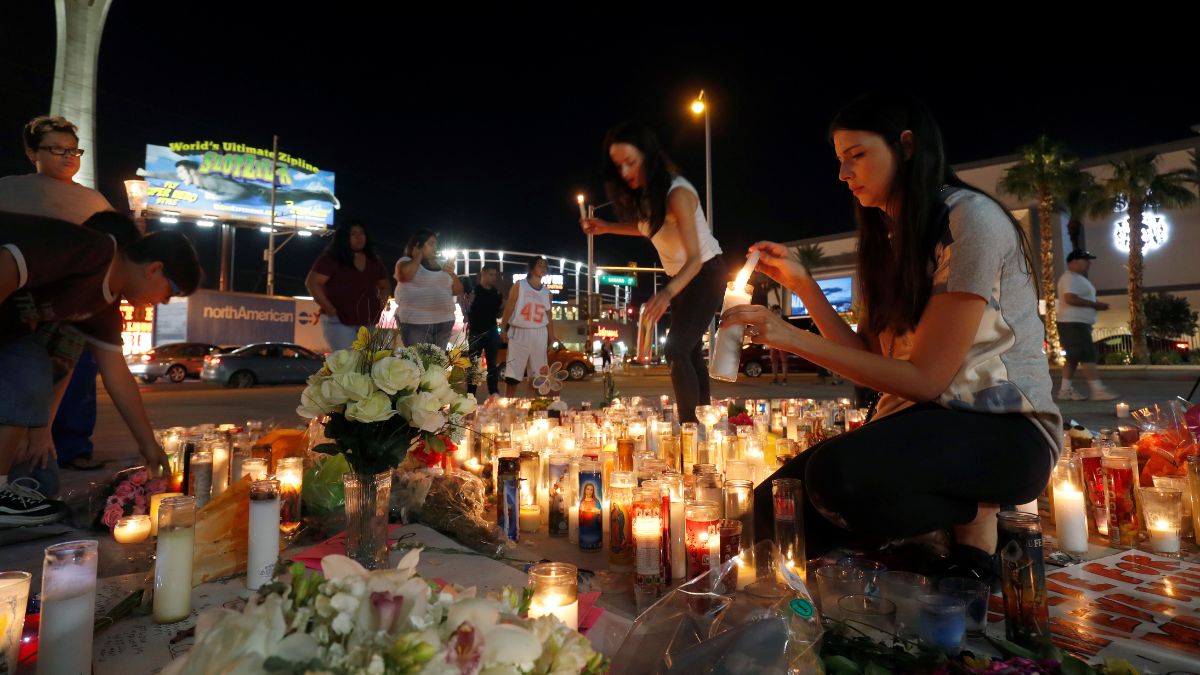)
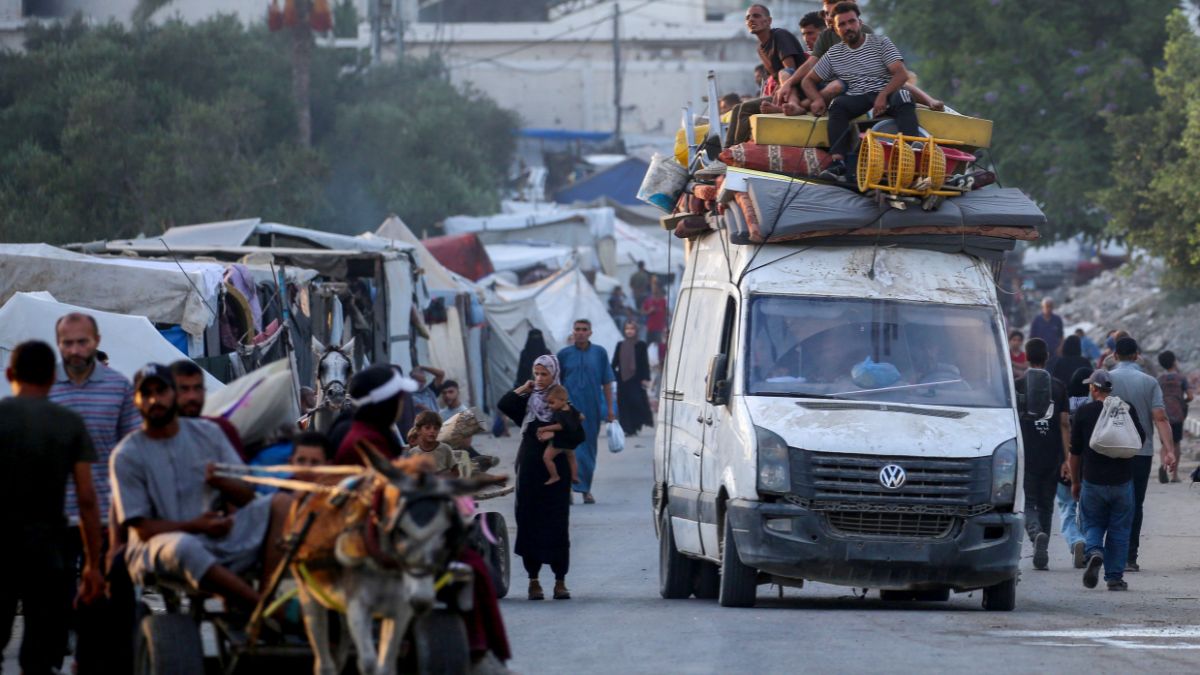)
)
)
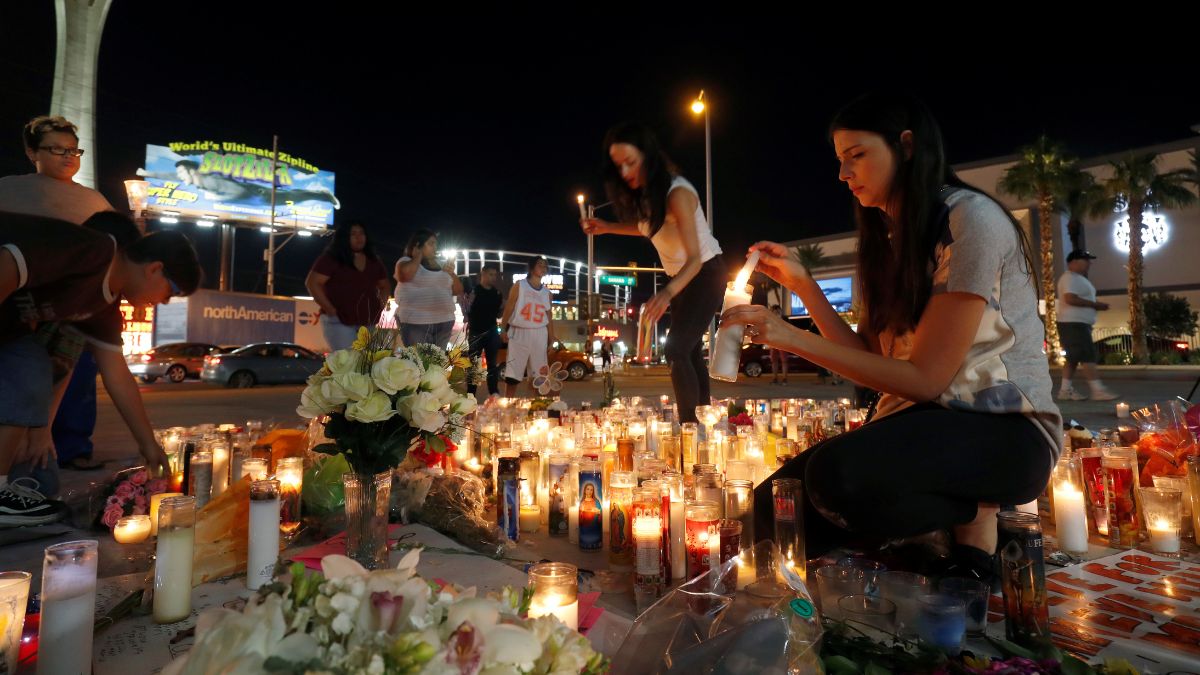)



